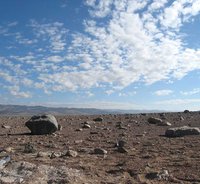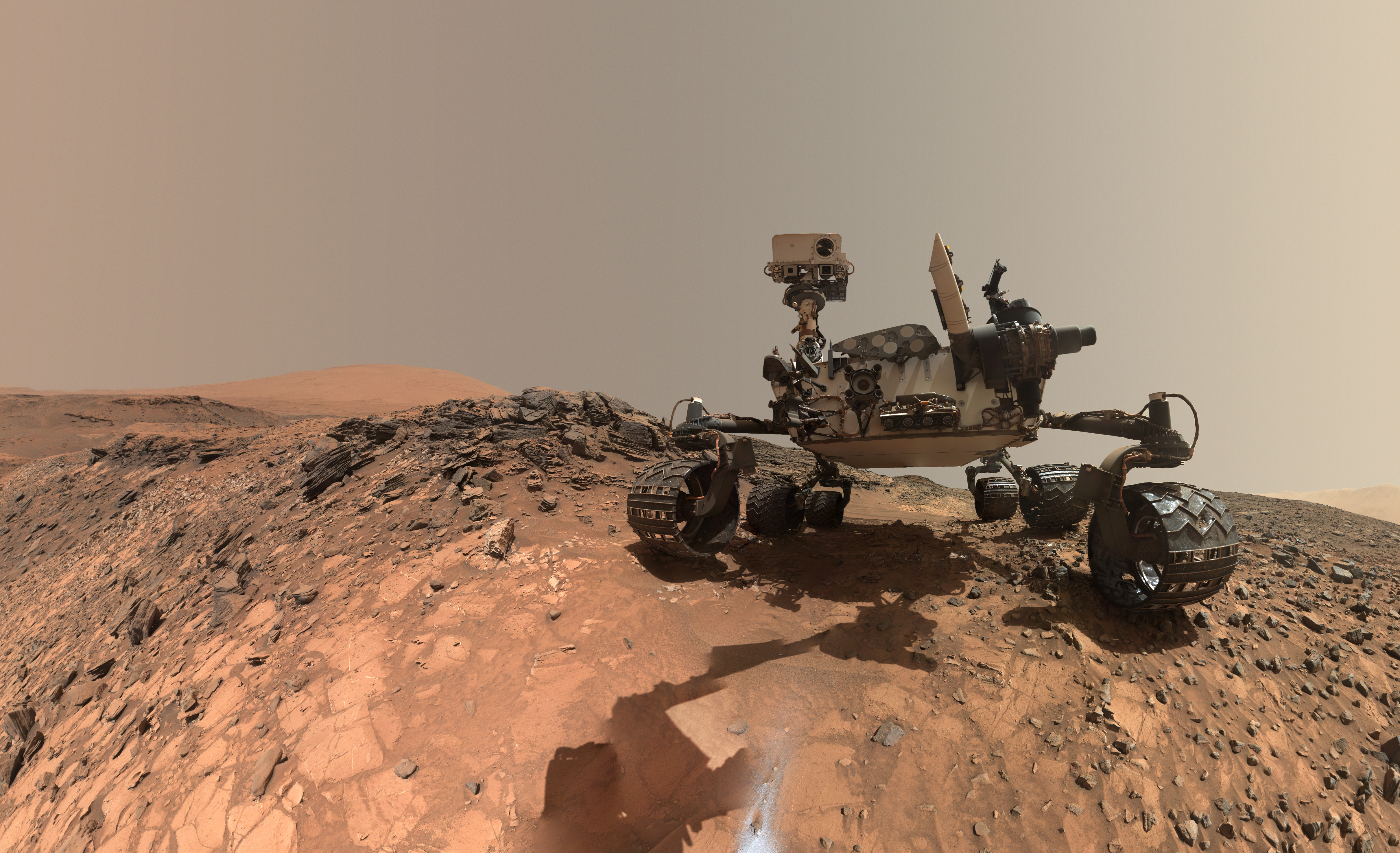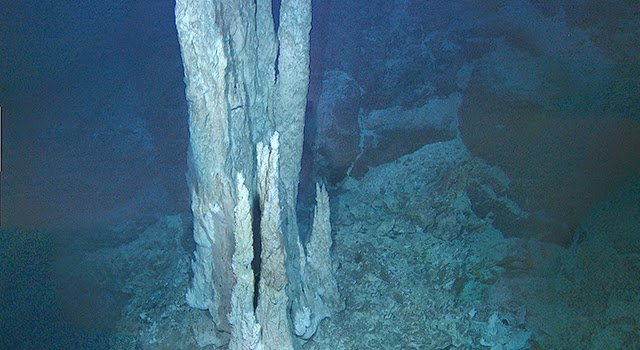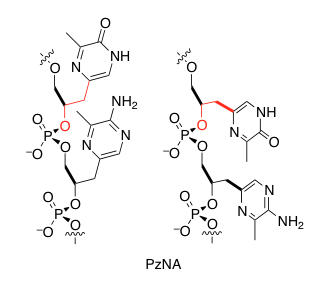
Understanding how the Earth system has evolved through time is a grand challenge for astrobiologists. In particular, study of atmospheric oxygen concentrations through time has led us to the realization that the early Earth was truly an alien planet. Anomalies in the minor isotopes of sulfur indicate the complete absence of O2 from Earth’s atmosphere prior to 2.4 billion years ago.
The goal of this NPP project was to identify additional constraints on the early atmosphere beyond the absence of O2. We enhanced a 1-D photochemical model to include 3 isotopes of sulfur and used it to make quantitative predictions that can be compared to sediments in the rock record. We test hypothesis for how sulfur MIF forms in the atmosphere and show that multiple atmospheric compositions including O2, CH4, CO2, total sulfur, and organic haze are capable of altering the 32/33/34 S isotopes signatures. We will discuss how ongoing laboratory measurements and experiments should allow for quantitative constraints on the early atmosphere in the near future.
 Investigating Habitable Environments on Mars Using Orbital and Rover-Based Imaging Spectroscopy
Investigating Habitable Environments on Mars Using Orbital and Rover-Based Imaging Spectroscopy Chemical Gardens, Chimneys, and Fuel Cells: Simulating Prebiotic Chemistry in Hydrothermal Vents on Ocean Worlds
Chemical Gardens, Chimneys, and Fuel Cells: Simulating Prebiotic Chemistry in Hydrothermal Vents on Ocean Worlds The Synthesis of an Artificial Genetic Polymer: From Small Molecules to Proto-Nucleic Acids
The Synthesis of an Artificial Genetic Polymer: From Small Molecules to Proto-Nucleic Acids Quantifying Constraints on Metabolic Diversity Patterns
Quantifying Constraints on Metabolic Diversity Patterns